Black Soldier Fly farming
Organic waste management is considered one of the most immediate and serious environmental problems confronting governments, local communities and most importantly tourist infrastructures in low- and middle-income countries. The severity of this challenge will increase in the future given the trends of mass tourism in many destinations not prepared to receive a rapid growth of population.
Due to growing public pressure and environmental concerns, it is becoming a necessity to develop more sustainable and adapted methods of dealing with wastes.
Recycling organic waste material (biowaste) is still fairly limited, especially in low- and middle-income areas, although this is by far the largest fraction of all generated municipal waste.
Kalawili is now involved in dealing with organic municipal waste from restaurants, hotels and resorts in and around El Nido, Palawan.
We utilise the fairly novel approach of biowaste conversion by insect larvae, using the Black Soldier Fly (BSF), Hermetia illucens, a proven method that has obtained much attention in the past decade in countries like China, Taiwan, Indonesia, Vietnam…
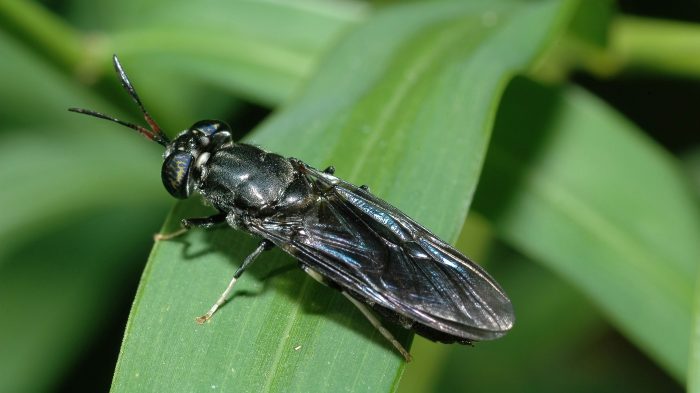
Its popularity links to the promising opportunities of using the harvested BSF larvae as a source of protein for animal feed, thus, providing a valuable alternative to conventional feed. Waste processed at our facility is mostly fruit and vegetable waste from participating restaurants locally but we wish to extend our experience and create sub units of our BSF larvae digesting factory in different parts of El Nido.
Several key attributes make BSF technology an attractive treatment option for biowaste from the perspective of waste managers and businesses:
Waste biomass is converted into larvae and residue. The larvae consist of roughly 40% protein and 30% fat. This insect protein is of high quality and is an important feed resource for chicken, ducks, pigs and fish. Larvae feed is a suitable and sustainable alternative to fish meal.
Feeding waste to larvae has been shown to inactivate disease transmitting bacteria, such as Salmonella. This implies that the risk of disease transmission between animals and between animals and humans is reduced when using this method at farm level or when treating waste of animal origin in general (e.g. chicken manure or slaughterhouse waste).
Waste reduction of up to 80% on wet weight basis has been demonstrated. If treatment is applied at the source of biowaste generation, the costs for waste transport and space requirements for landfills can, thus, be reduced drastically. Such organic waste treatment could furthermore reduce open dumping, which is still an unfortunate reality in low- and middle-income settings.
No secondary polution. The residual from the digestion of the larvae can be directly composted or utilised for fertilizer.
How do we do it ?
Firstly, the organic wastes arrive at our sorting station from various restaurants. We mix them and control the humidity factor. The wastes are then fed into the various larvae bins we have installed.

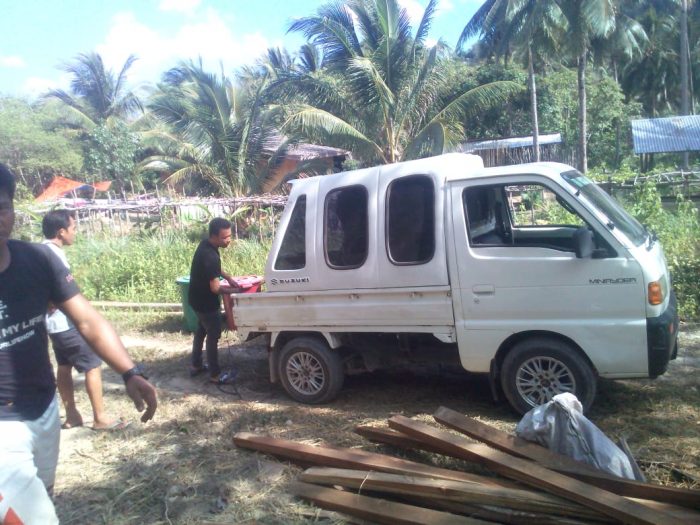
The larvae stay in the bins about 2 weeks from 4 days old and digest the food.
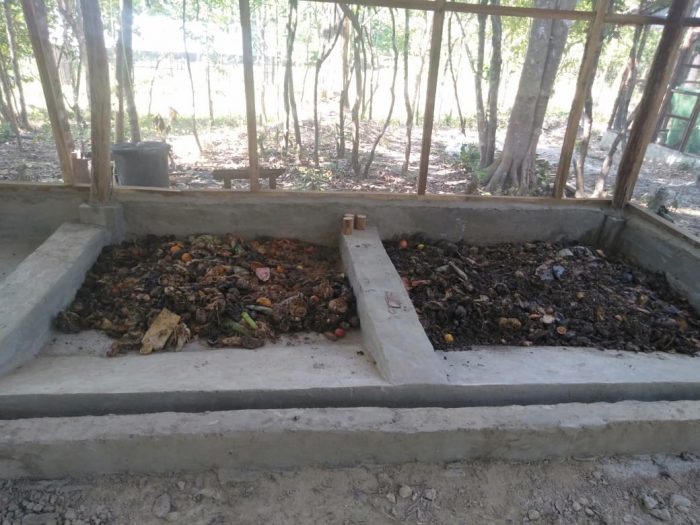
They will grow 1000 times during that time until they mature into pre-pupae at which stage they will leave the bin and escape through a ramp into a gully. Every morning they are scooped out.

Depending on our need, we will keep some of the larvae and store them in dark boxes for 2 weeks for the pupae to turn into a Black Soldier Fly. The rest of the larvae are fed to our chicken and ducks.
When the BSF is ready to emerge, it will be transported into the insectarium where it will live for about 5 days. During that time the fly will only drink water and mate. The female will find a suitable location to lay about 500-700 eggs before dying. Egg traps are located in the insectarium next to food source.
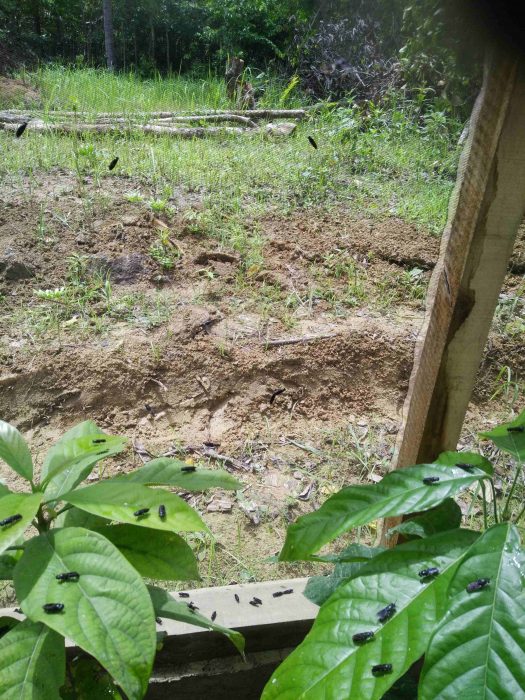
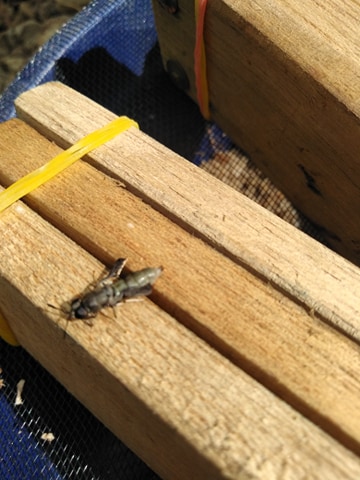
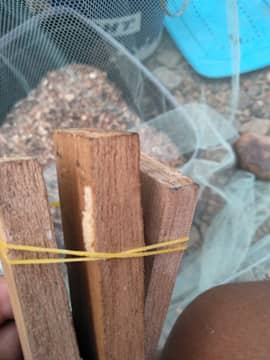
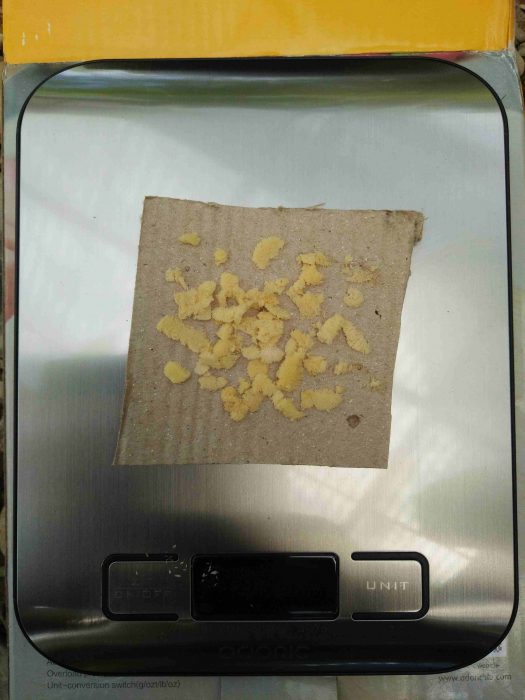
The eggs are collected every day and put into special bins with coconut powder food for about 4-6 days until they hatch and start to grow in size. The last stage of the cycle is for the baby larvae to be moved into the main feeding bins.